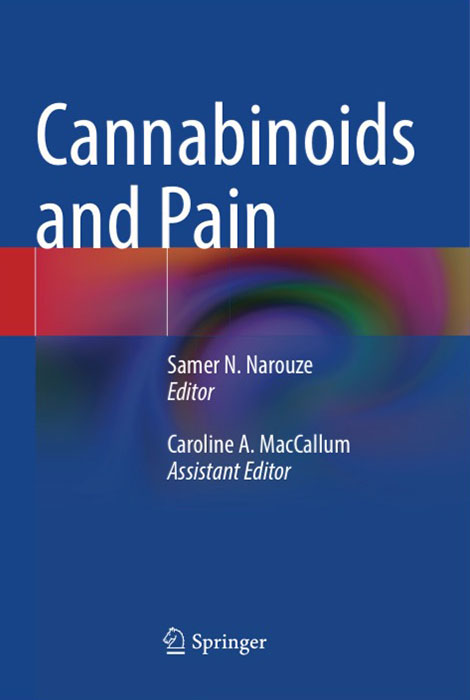Chapter 36: Cannabinoid-Related Adverse Events and Impairment
Authors: MacCallum CA, Eadie L, Lo LA, de Frietas L & Brubacher JR
Abstract:
In addition to therapeutic benefits, cannabis also causes cognitive and psychomotor impairment in some individuals. Common acute adverse effects can be cannabinoid-specific, such as those related to THC (e.g., dizziness, cognitive effects, anxiety, dry mouth) or specific to the route of administration (e.g., cough, phlegm, or bronchitis from smoking cannabis). The Diagnostic and Statistical Manual 5th Edition (DSM-5) has defined a cannabis intoxication syndrome and a cannabis intoxication delirium syndrome that may rarely result from medical cannabis use.
Acute impairment following cannabis use can result in specific cognitive and psychomotor that could impact daily living negatively and/or cause harm to an individual or others if performing safety-sensitive activities. Short-term impairment is related to THC dose and can impact learning, attention, memory, reaction speed, coordination, motor control, and temporal slowing. Various clinical tests and batteries, such as the Hopkins Verbal Learning Test Revised, Adult Memory and Information Processing Battery, and Brief Neurocognitive Battery, can be used to assess the degree of impairment and informing adjustment of doses. It is recommended that individuals wait at least 3–4 hours after inhaling cannabis, 6 hours after consuming it orally, and 8 hours if euphoria is experienced before performing safety-sensitive activities such as driving.
Chronic adverse effects of cannabis are reflected in long-term neuropsychological and respiratory alterations due to heavy, repeated use over time, typically via smoking. Chronic impairments include worsening mental health trajectories, problematic use, and dependence, as well as chronic cough, phlegm, and bronchitis.
The risk and extent of cannabis-induced impairment depends on genetic vulnerability, age of onset, sex, consumption of other medications or substances, cannabis potency and dose, cannabis products and route of administration, frequency of use and tolerance, and intent of use.
Many confounding variables and heterogenous study designs impede the understanding of medical cannabis impairment. Future research should investigate specific medical populations and account for concurrent use of other impairing substances (e.g., medications, recreational drugs) and for other symptoms or conditions contributing to impairment (e.g., pain, PTSD, insomnia). In addition, research on cannabis-induced impairment should consider the medical cannabis products administered and routes of administration used.

